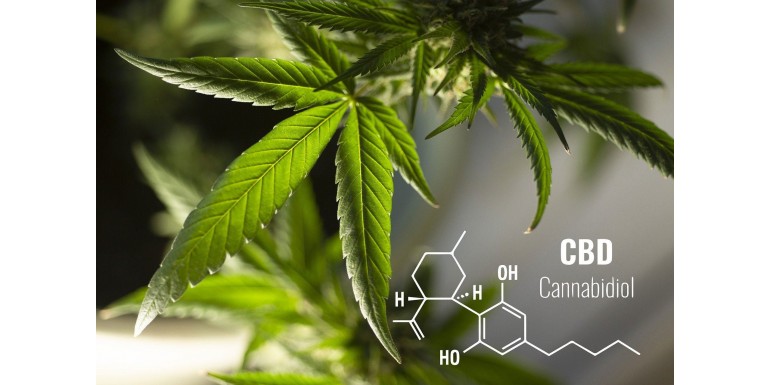
ABC du CBD
Here you will find the most used terms with their explanation
Cannabis: variety of Cannabaceae family plants that grow mainly in Central Asia and South Asia. It can be divided into three distinct species: Sativa, Indica and Rudelaris. Although it is medicinal virtues, it is most often used as a recreational substance, at the origin of the various regulations that supervise its use.
Le Hevre: Association with the Cannabis. In France, hemp is legal because it is very low in tetrahydrocannabinol or THC. Made to be specifically used for fibers, oil and seeds. These are then refined in many products, including wax, resin, fabric, paste, paper, rope, fuel and hemp oil.
Cannabinoids: A very diverse chemical family that includes natural and artificial substances. Various cannabinoids have very varied effects, some cannabinoids with soothing and relaxing properties and others classified as illegal substances.
CBD (Cannabidiol): A natural cannabinoid and the second most abundant component of the plant of Cannabis. CBD is legal and safe to consume, but has long been in the shade of THC.
CBG (Cannabigerol): This is only present in native and very low concentration varieties. This substance is not psychoactive. Its presence can even act as a buffer for the psychoactive effects of THC when consumed together. Some studies have shown that CBG is effective in treating a variety of symptoms.
Surrounding effect: A term used to describe the complex interaction between all the different chemical compounds, or "surrounding" of the cannabis plant, that is, it defines itself as the way in which the various hemp compounds interact to create synergies that give the plant its specific properties.
Full specter: The full spectrum hemp oil describes the hemp oil extracted from the entire hemp flower. Unlike CBD isolate, the full spectrum hemp oil contains the same cannabinoids and compounds, such as terpenes, vitamins, essential fatty acids and phytonutrients, as the original hemp plant.
Isolat: describes pure CBD, most often a powder, where CBD is isolated and chemically extracted from hemp flower. It does not contain terpenes, THC or other cannabinoids.
Terpenes: compounds of the plant that provide the smell and flavour to cannabis. Terpenes also have health benefits, especially used in aromatherapy.
THC: The most abundant component of the plant of Cannabis and a highly psychoactive cannabinoid, THC is responsible for the effects of "deflection". Therefore, its production and use are strictly regulated.
Trichomes: source of resin and cannabinoids present on the cannabis plant. These are small spheres of cannabis resin that induce the leaves, buds and branches of the cannabis plant, giving it a frozen white look.
Psychoactive: Any chemical that can enter the brain through blood circulation and directly affect the central nervous system is considered psychoactive. Many psychoactive substances have medical applications (such as anaesthetic, psychiatric drugs, etc.), but some of these substances are used only for recreational purposes.
Psychotrope: Any substance that can make you lose control of your faculties and change your behavior is considered psychotropic. Almost all illegal drugs have psychotropic properties, although most cases of intoxication in the world are attributed to alcohol.
The Endocannabinoid System (SEC): a system of internal communication to the human body, considered the most involved in the preservation of human health. It is composed of cannabinoid receptors, endocannabinoid ligands and enzymes.
Vaporizer (v'): light portable electronic device. It allows to extract the active principles of plants by heating them but without burning them.
Sublingual route: Just put a few drops of CBD oil under the tongue.
